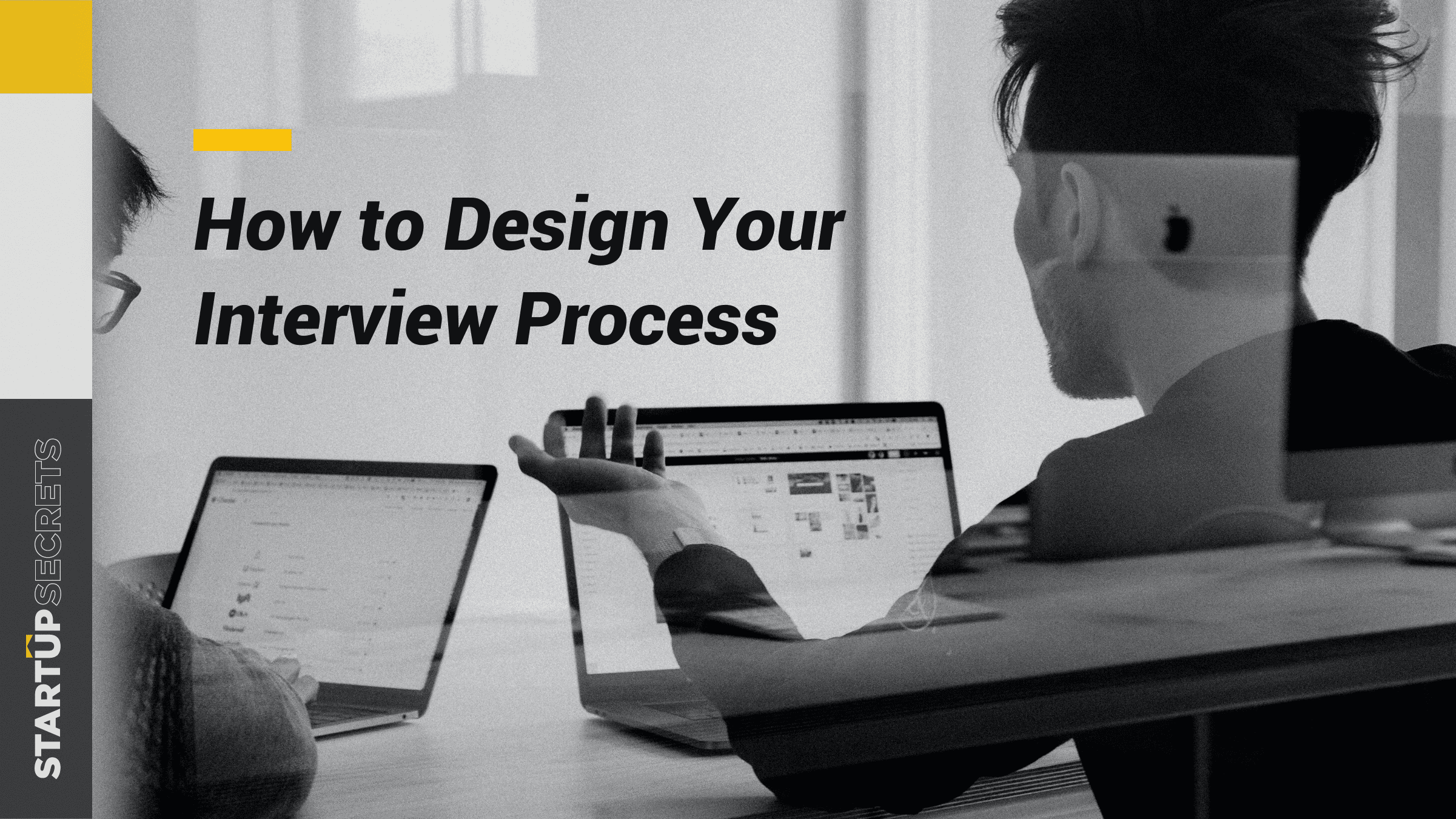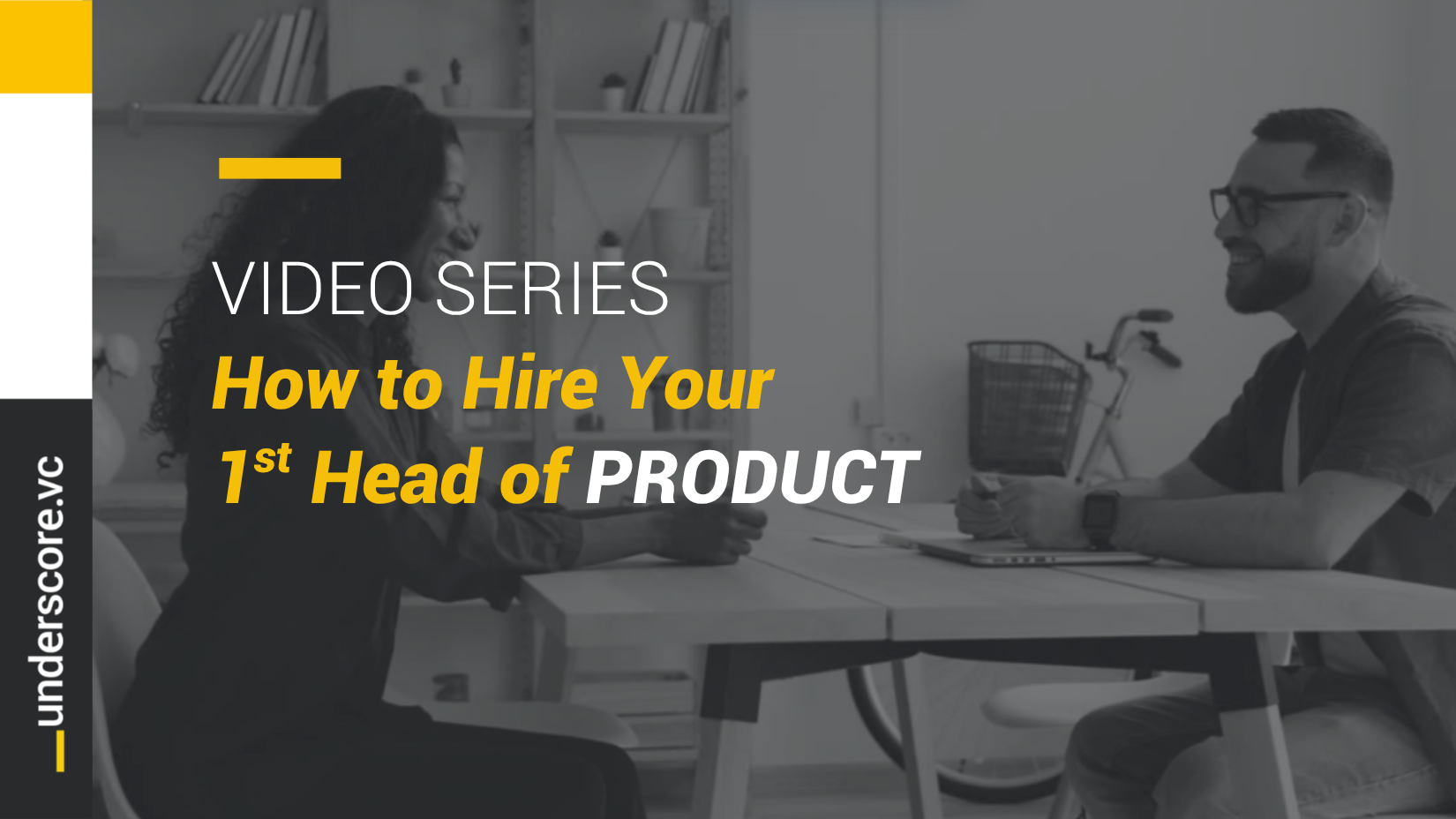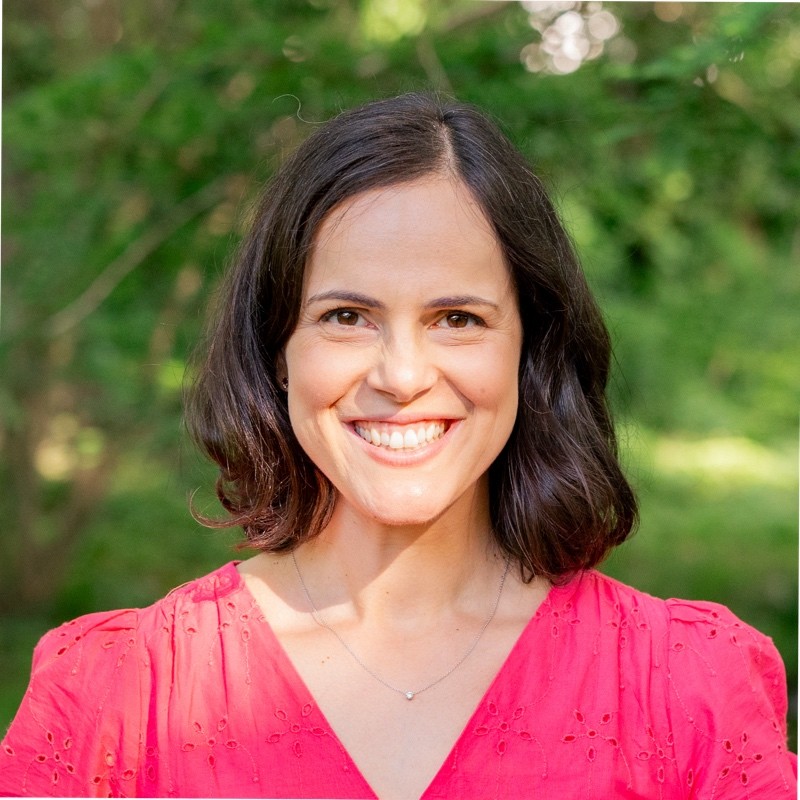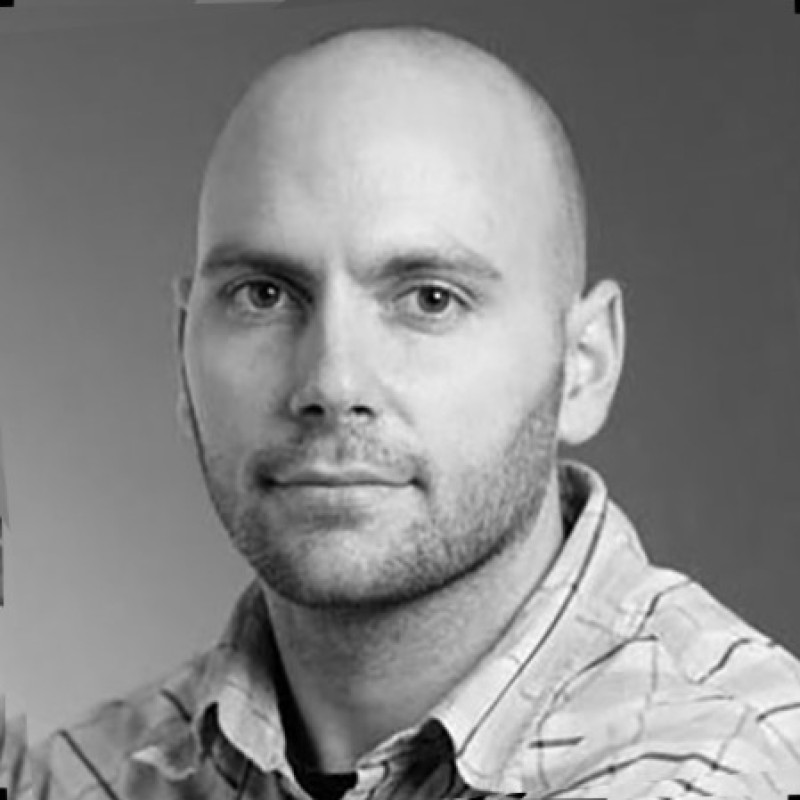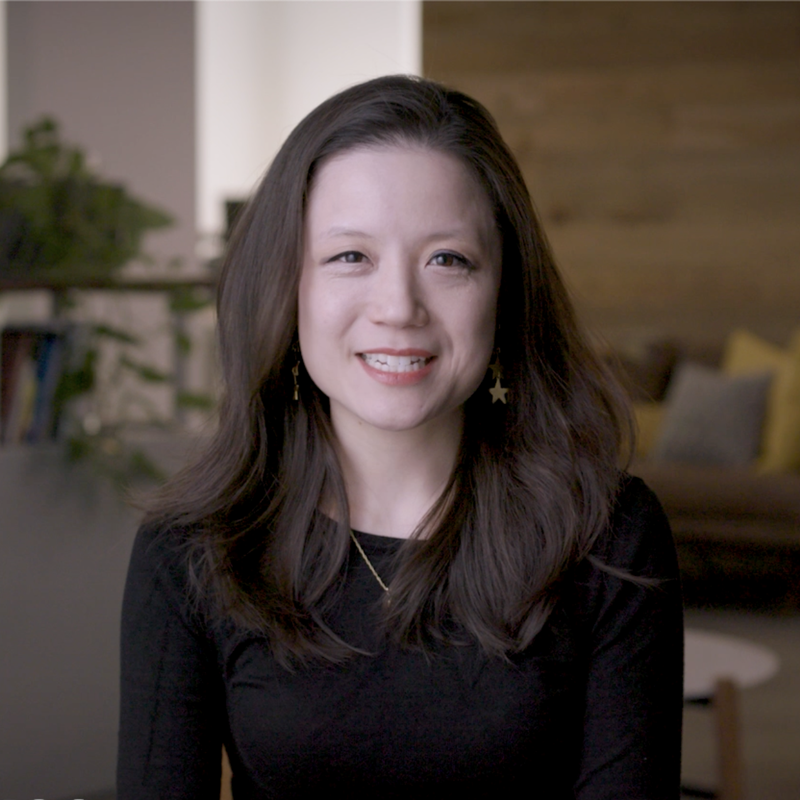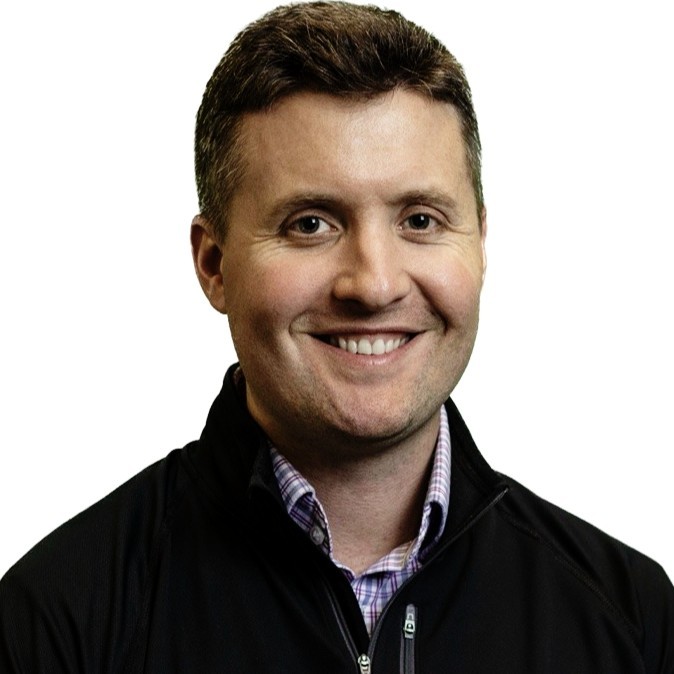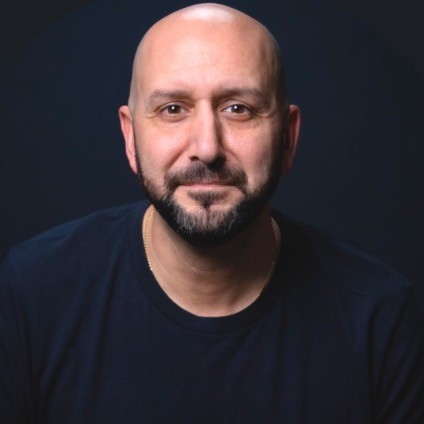Whether you call it a “Reset,” a “Resignation,” or a “Reshuffle,” it’s clear that Covid-19 dynamics have created a searing hot talent market. There are now 2.8 million more available jobs than workers to fill them, and overall time to fill an open position is up. For positions that used to be easy to fill, 61% of employers report it’s taking at least two weeks longer to hire.
“Efficiency in recruiting has always been important, but especially in this market—time is not your friend,” says Stefanie Bishop, Head of People at Hi Marley. Stefanie joined Hi Marley in February 2018 as employee number six, when the company was still at its Seed stage. She successfully scaled the company to 37 employees.
Since then, Stefanie has brought on two Senior Talent Partners—Sarah Terlaga, who joined in June 2020, and Reed Hallowell, who joined in July 2021. Together, this small but mighty recruiting team has further scaled the company to nearly 100 full-time employees.
“In this market, you need to be as quick as possible,” says Reed. “The more you can button up your process ahead of time, the better off you’ll be.”
Creating an effective interview process means identifying the right job requirements, scorecard, interview panel, and interview questions before the process is underway. Don’t wait until there’s a candidate in the pipeline to build your process—you can always iterate afterward.
Understand What You’re Looking For
This may seem like an obvious step in startup hiring, but in a company’s earliest days, it can be difficult to hone in on what you really need in a role. Walk through the following questions to ensure that you, your co-founder(s), or other relevant team members are on the same page.
How does this role fit within the business?
“In early-stage companies, each job has a big impact on other team members,” says Reed. “Not only does the candidate need to know what they’re going to be doing, but the team also needs to know how this person will influence their job.” Think about how the new role will impact the entire business—from individual, to team, to across the whole company. Ask:
- How does this position impact the company?
- Who are the stakeholders this person will work with and why?
- What goals need to be achieved a year from now for you to determine that the hire is successful? Why will these matter?
- For a superstar to accomplish the above, what would they need to do in their first 90 days?
What skills will you look for?
To list the job requirements, think through:
- What hard and soft skills are absolutely required?
- Which hard and soft skills are simply a nice-to-have?
- Does this person need [domain] experience? Why or why not?
- What personality traits does this person need? Why?
- What values does this person need? Why?
- What qualifications does this person need? Why?
Reed warns hiring managers not to include too many skills in the “Must Have” bucket. If you put too much in the “Must Have” category, you’ll weed out too many people. Reed also notes that strong candidates can learn a new skill within a few days. “Plus, if you’re looking for someone who’s already perfect, you’ve essentially maxed out their growth potential,” he adds. “What else will they be able to learn?”
Consider:
- Can they still accomplish a significant amount of work without this skill?
- Do they have the capacity to learn it?
- Will you be able to get them the resources they need to learn?
Startup Secret: If you answer yes to these questions about a certain skill, it’s likely a “Nice to Have.”
Compensation and Logistics
- Will this position have direct reports? If so, how many?
- Are you considering remote candidates? Why or why not?
- What is the target compensation for this role? What benchmarks can you find?
Determine Your Interview Flow
One of the most common mistakes Reed sees is having a process that’s too robust. “Interviews should be as efficient as possible to get to the optimal result,” he says. This can vary depending on your team’s interviewing experience.
Depending on your needs for this role, decide how much you can lean on an assessment vs. relying on feedback from your interviewing panel.
Ultimately, a lot of this is about learning as you go, so don’t be afraid to ask candidates for feedback! There will be trial and error, and the best way to improve your process is by asking candidates.
How do you do that? With intentionality and planning. At the end of an effective interview process, you’ll know:
- Are you happy with their skills?
- Can the candidate do the work?
- Will their values align with those of the company?
- Do you want to work with them?
For Hi Marley, the interview process looks like this:
Stage 1: Set the Candidate Up for Success
- A 30-minute phone screen with the Recruiter
- The recruiter shares the assessment topic
- A 30-minute Q&A with the Hiring Manager
Stage 2: Vet the Candidate
- A 1-hour presentation of the assessment with the Hiring Manager and interview panel
- Are you happy with their skills?
- Can the candidate do the work?
- 1.5-hours of round-robin interviews with the Hiring Manager and team members on the interview panel
- Will their values align with those of the company?
- Do you want to work with them?
Create Your Interview Scorecard
“When evaluating candidates, try your best to be as inclusive as possible and non-subjective,” says Reed. “Use the job description to help align with skills and call out potential gaps. It’s the easiest way to remain consistent and fair to all involved.”
From your list of job requirements, identify the key soft and hard skills that are 100% necessary to the role, and let those attributes drive the interview process for all candidates. “This helps us remain inclusive and fair to all candidates across our interview process,” says Reed.
The Hi Marley team assigns certain attributes to various interviewers so they can dig in while avoiding redundancy.
Prepare Your Interview Panel
Consider the question: Who are the stakeholders this person will work with and why? Which of these stakeholders must be included in the interview process?
But keep it lean. “Including too many decision-makers gets in the way of efficiency,” Stefanie warns. Think about the questions you outlined above—what is the fewest number of people you can include to get thorough answers?
Beyond identifying the interview panel, think through:
- Who will conduct phone screens?
- What questions would help determine a profile fit in an initial screen or coffee chat?
- What questions will help gauge skills and experience?
- How can you tease out their values and career aspirations?
Review your scorecard, make sure you have your interview questions finalized, and before you start interviewing, talk about unconscious bias with your interview panel.
Talk About Bias
“Especially in the early days, it’s so easy to just hire your friends—people who are readily available in your network and probably look a lot like you,” says Stefanie. “Watch out for that.”
“No matter how effective you are at interviewing, folks like to work with people with whom they have similar interests—someone they’d grab a beer with after work,” says Reed. “People know that shouldn’t be a core focus, but more often than not, it comes up.”
Startup Secret: To start to address bias, talk about it. “We all have unconscious bias,” says Stefanie. “Name it to tame it.”
At Hi Marley, they challenge each other by asking:
- How does that quality really fit into the role?
- Why do you really need that experience for this role?
“All of a sudden, you can see a light bulb go off,” says Reed. “They’re like, ‘Oh my God, you’re right—I didn’t realize I was using some sort of bias.’”
“Bring the awkwardness into the conversation,” says Stefanie. “By calling each other out, we make the company—and each other—better.”
Get Ahead of Scheduling Difficulties
Bandwidth can be a challenge, which is why Reed recommends prioritizing recruiting whenever possible. “There shouldn’t be too many times where you have to push interviews out a few weeks,” he says.
It might not feel like a priority at all times. When you have customer meetings, investor check-ins, and a business to build, recruiting can fall to the bottom of the to-do list. But in this talent market, there is simply no time to waste.
“If you wait a few days to schedule an interview, you hit them up, and whoops, they got an offer from somewhere else,” says Reed. “Then the past week you spent with them was a waste of time.” Instead:
- Prioritize: Get buy-in across the team that this is a top priority. Scheduling will, at times, be a challenge. “If you lose a candidate over scheduling, that’s just wrong,” says Stephanie.
- Plan Ahead: In the event of a scheduling conflict, make sure the process can move forward. Who is the alternate interviewer?
- Be Proactive: In this market, you have to be proactive. “If you move as quickly as you can and you’re proactive, you will have an advantage on other companies out there,” says Reed.
Lay Your Own Ground Rules
To ensure a streamlined experience for candidates, set some rules for yourself and your team around how you will manage this process. That could include:
- Reviewing Resumes: This must be done within 24 hours; the Hiring Manager provides feedback on the viability of the candidate within 24 hours of receiving the resume.
- Hiring Manager Zoom Calls: Following a successful phone screen, immediately schedule the interview.
- Scheduling Interviews: The entire interview team must have their calendars updated for at least 21 days out, and whoever is responsible for scheduling the Zoom call must be able to schedule on the team’s behalf.
- Debrief: A quick 15 to 30-minute wrap-up will be scheduled for the same day or first thing the next morning to decide if the candidate will be moved forward to references, or not.
With these questions, suggestions, and tools, you can outline your own interview process—and learn and iterate as you go.


